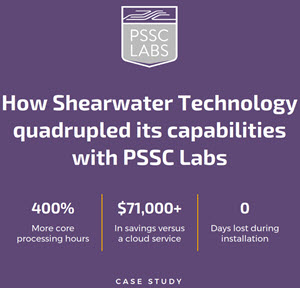John Romein from ASTRON gave this talk at the GPU Technology Conference. “We’ll discuss how FPGAs are changing as a result of new technology such as the Open CL high-level programming language, hard floating-point units, and tight integration with CPU cores. Traditionally energy-efficient FPGAs were considered notoriously difficult to program and unsuitable for complex HPC applications. We’ll compare the latest FPGAs to GPUs, examining the architecture, programming models, programming effort, performance, and energy efficiency by considering some real applications.”
Petaflop Radio Astronomy Signal Processing and the CASPER Collaboration
In this video from the OpenFabrics International Developer Workshop 2014, SETI@home co-founder Dan Werthimer presents: Petaflop Radio Astronomy Signal Processing and the CASPER Collaboration. As a bellwether for exascale, radio astronomy projects like CASPER and the SKA telescope are pushing the limits of high performance computing.
Extreme Signal-Processing Meets HPC with Petascale Cross-Correlation
“How do you cross-correlate 10,000 signals 100 million times per second? This is an example of the type of compute-bound problem facing modern radio astronomy, which, paralleling the paradigm shift in computing architectures, has transitioned from monolithic single-dish telescopes to massive arrays of smaller antennas. In this session we will describe how general-purpose HPC installations can be used to achieve scaling of a cross-correlation pipeline to petascale with all the flexibility of a purely-software implementation.”







